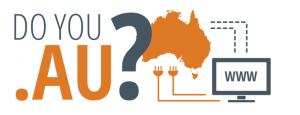
BACK TO OVERVIEW
AfterPay Australia becomes ClearPay in the UK
Australian-based Afterpay has had to re-brand itself ClearPay for its launch into the European marketplace. Its brand name “Afterpay” was already taken by a Dutch company and the Australian company’s trade mark registration was opposed, according to a story  in the Sydney Morning Herald. The two services are similar – both intending to enable online shopping to be simpler and safer. They differ in that the Australian company’s service enables instalment payments – similar to the traditional “layby” schemes – whereas the Arvato enables post-payment of purchased goods.
in the Sydney Morning Herald. The two services are similar – both intending to enable online shopping to be simpler and safer. They differ in that the Australian company’s service enables instalment payments – similar to the traditional “layby” schemes – whereas the Arvato enables post-payment of purchased goods.
Afterpay will use its arrow logo across the different markets and hopes that this will provide the necessary brand recognition.
The case shows the importance for Australian companies of getting trade mark registrations in place early in all potential future markets to ensure that there is no need to re-brand. In this case, Afterpay had an alternative name available to it in the UK that it could use. However, alternative brands are not always easily available and it’s important to get trademark registrations in place early. Merely putting a domain name in place is unlikely to be sufficient – at the latest when a competitor files for its own similar or identical trademark.


